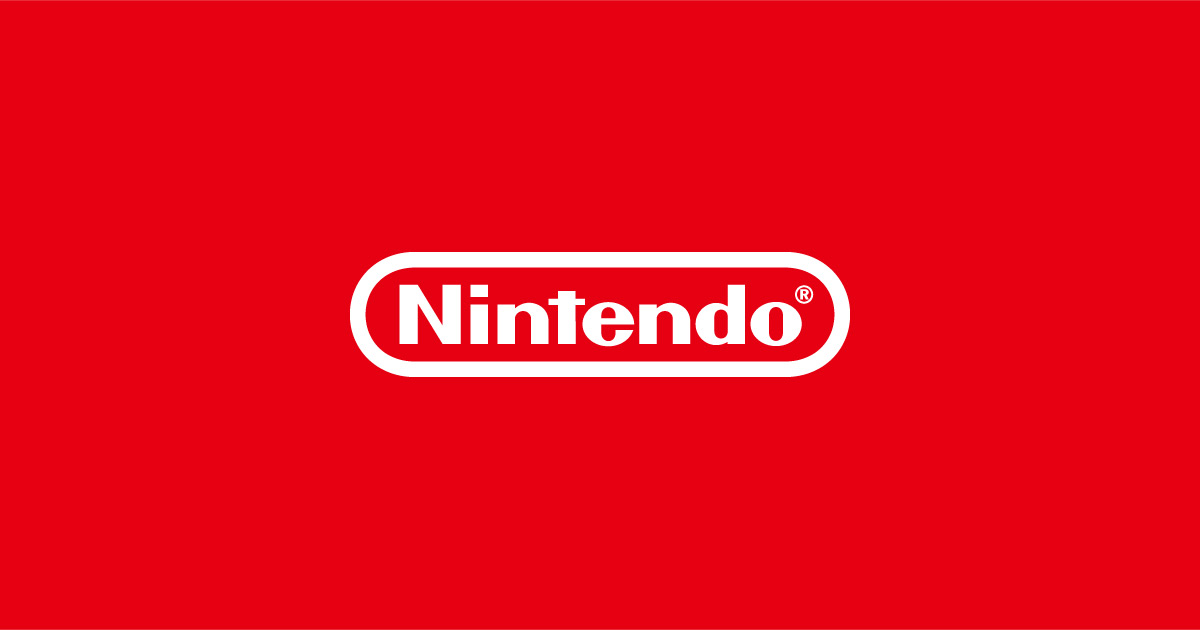In a rare candid recollection, Capcom veteran and Street Fighter II producer Yoshiki Okamoto has provided new insights into the economics of video game development during the 1990s.
Okamoto, whose storied career includes key roles at Capcom during the rise of both the Nintendo Entertainment System and PlayStation One, recently described the stark financial realities faced by third-party developers during the transition from cartridge-based hardware to the era of compact discs. Reflecting on the early days of console gaming, Okamoto noted that Nintendo, as the manufacturer and distributor of NES cartridges, operated under a unique financial model that substantially favored first-party revenue.
Okamoto explained that companies like Capcom were required to finance the production of NES cartridges through bank loans—a necessary measure given that cartridge orders involved significant upfront costs and extended manufacturing lead times.
According to Okamoto, Nintendo would typically take between one and a half to three months to deliver finished cartridges after receiving payment from developers. Providing a detailed breakdown, Okamoto described the typical retail economics: "If a Famicom (the Japanese name for the NES) cartridge retailed for 10,000 yen, roughly 3,000 yen went to the retailer, another 3,000 yen to Nintendo, and 4,000 yen to the game developer such as Capcom.
Of Nintendo’s share, about 1,500 yen was allocated to their manufacturing contractors.
The key point, however, was that Nintendo’s profit was secured upfront.
Once cartridges were made and delivered, Nintendo’s financial responsibility ended, regardless of how well the games sold.
This structure ensured that only Nintendo enjoyed guaranteed profits, while third-party partners confronted ongoing risks." Contrast this with Capcom’s experience in the subsequent era of the PlayStation One and CDs, and a very different picture emerges.
Okamoto pointed out that Capcom would pay Sony approximately 1,800 yen per disc, with just 200 yen covering manufacturing costs, and 1,600 yen forming Sony’s share.
Unlike Nintendo’s rigid policy, Sony offered a flexible approach for unsold inventory: if Capcom returned unsold CDs, Sony would reimburse the 1,600 yen share, only retaining the manufacturing fee.
Okamoto emphasized that this refund policy from Sony substantially reduced the burden of unsold stock on publishers, a benefit that Nintendo did not extend to its partners. These insights underline the transformative impact of media formats and platform-holder policies on the economics of game publishing.
While Nintendo’s business model with the NES and its cartridges created financial certainty for the company, it placed significant pressure on third-party developers like Capcom.
The advent of compact discs and Sony’s more collaborative publisher agreements ultimately enabled greater financial viability for third-party studios and contributed to the rapid growth of the PlayStation platform. Yoshiki Okamoto’s perspective serves as an authoritative reminder of the evolving landscape of video game hardware, manufacturing, and publishing, highlighting industry milestones that have shaped the game development business as we know it today.
Okamoto, whose storied career includes key roles at Capcom during the rise of both the Nintendo Entertainment System and PlayStation One, recently described the stark financial realities faced by third-party developers during the transition from cartridge-based hardware to the era of compact discs. Reflecting on the early days of console gaming, Okamoto noted that Nintendo, as the manufacturer and distributor of NES cartridges, operated under a unique financial model that substantially favored first-party revenue.
Okamoto explained that companies like Capcom were required to finance the production of NES cartridges through bank loans—a necessary measure given that cartridge orders involved significant upfront costs and extended manufacturing lead times.
According to Okamoto, Nintendo would typically take between one and a half to three months to deliver finished cartridges after receiving payment from developers. Providing a detailed breakdown, Okamoto described the typical retail economics: "If a Famicom (the Japanese name for the NES) cartridge retailed for 10,000 yen, roughly 3,000 yen went to the retailer, another 3,000 yen to Nintendo, and 4,000 yen to the game developer such as Capcom.
Of Nintendo’s share, about 1,500 yen was allocated to their manufacturing contractors.
The key point, however, was that Nintendo’s profit was secured upfront.
Once cartridges were made and delivered, Nintendo’s financial responsibility ended, regardless of how well the games sold.
This structure ensured that only Nintendo enjoyed guaranteed profits, while third-party partners confronted ongoing risks." Contrast this with Capcom’s experience in the subsequent era of the PlayStation One and CDs, and a very different picture emerges.
Okamoto pointed out that Capcom would pay Sony approximately 1,800 yen per disc, with just 200 yen covering manufacturing costs, and 1,600 yen forming Sony’s share.
Unlike Nintendo’s rigid policy, Sony offered a flexible approach for unsold inventory: if Capcom returned unsold CDs, Sony would reimburse the 1,600 yen share, only retaining the manufacturing fee.
Okamoto emphasized that this refund policy from Sony substantially reduced the burden of unsold stock on publishers, a benefit that Nintendo did not extend to its partners. These insights underline the transformative impact of media formats and platform-holder policies on the economics of game publishing.
While Nintendo’s business model with the NES and its cartridges created financial certainty for the company, it placed significant pressure on third-party developers like Capcom.
The advent of compact discs and Sony’s more collaborative publisher agreements ultimately enabled greater financial viability for third-party studios and contributed to the rapid growth of the PlayStation platform. Yoshiki Okamoto’s perspective serves as an authoritative reminder of the evolving landscape of video game hardware, manufacturing, and publishing, highlighting industry milestones that have shaped the game development business as we know it today.






